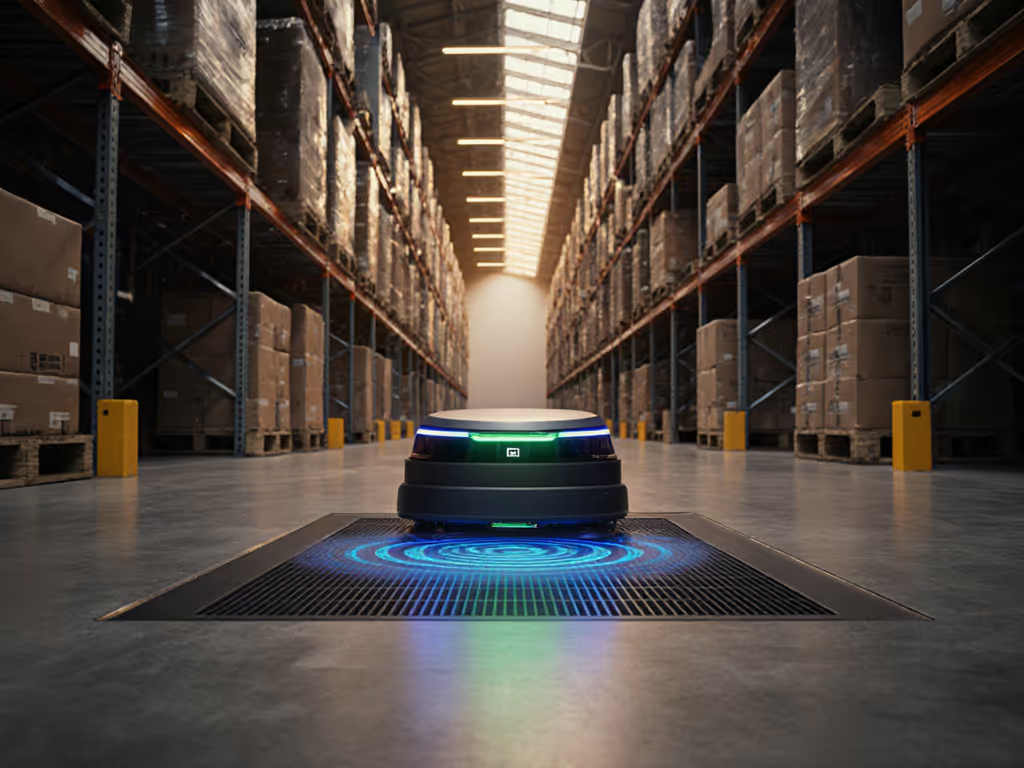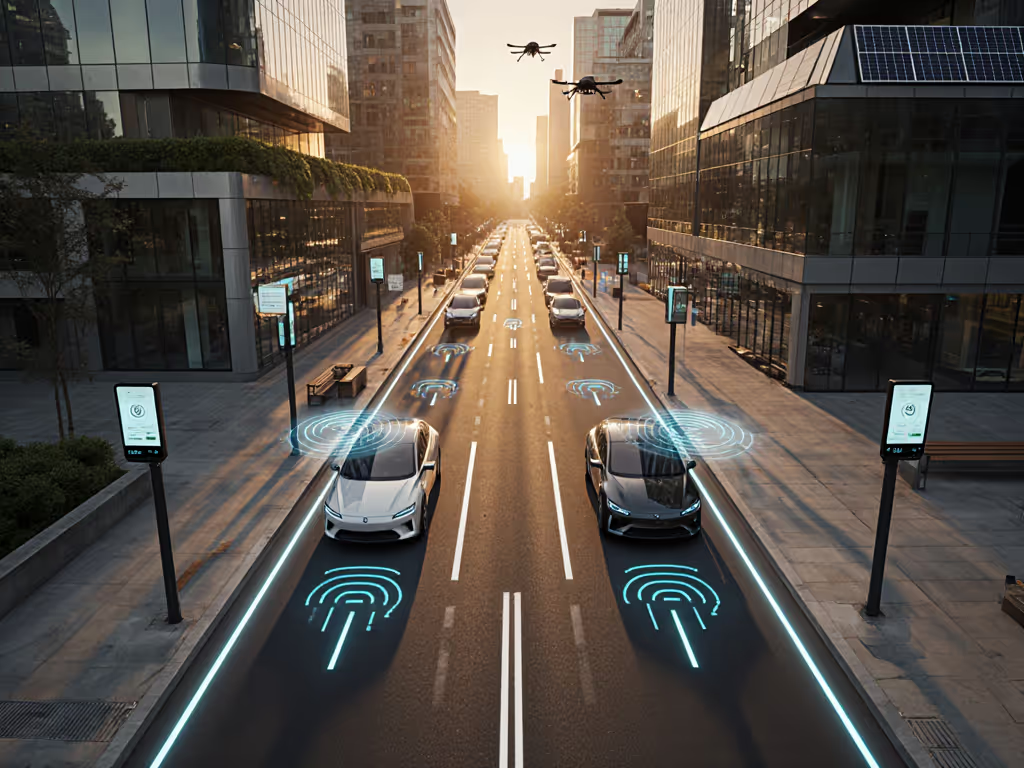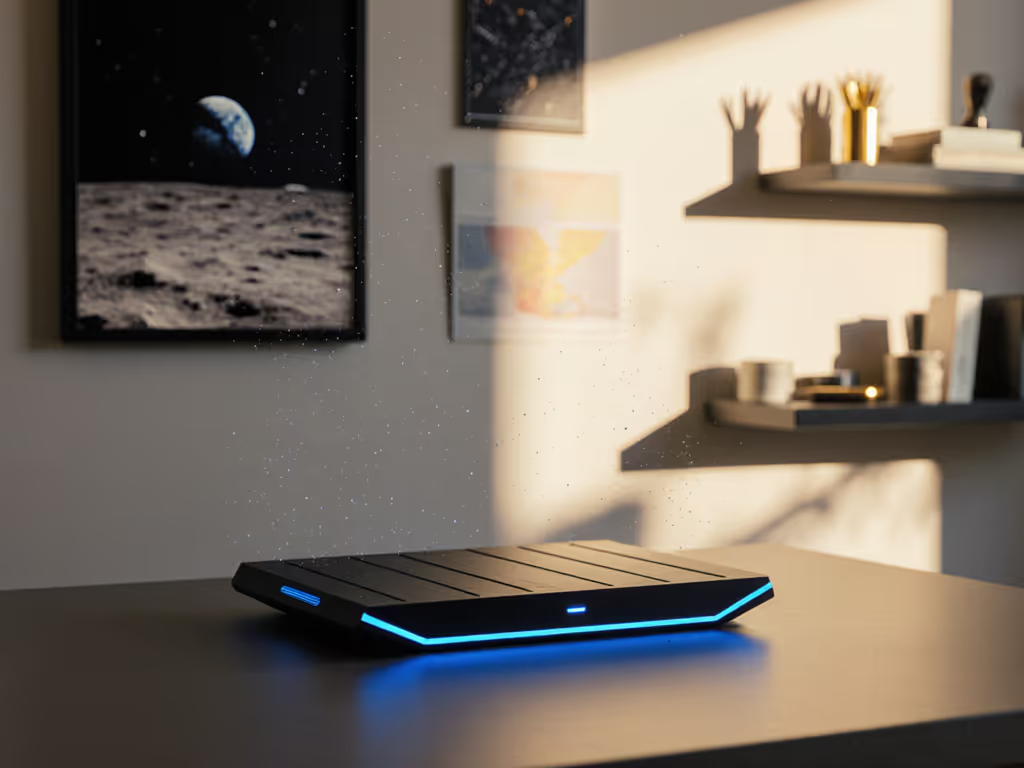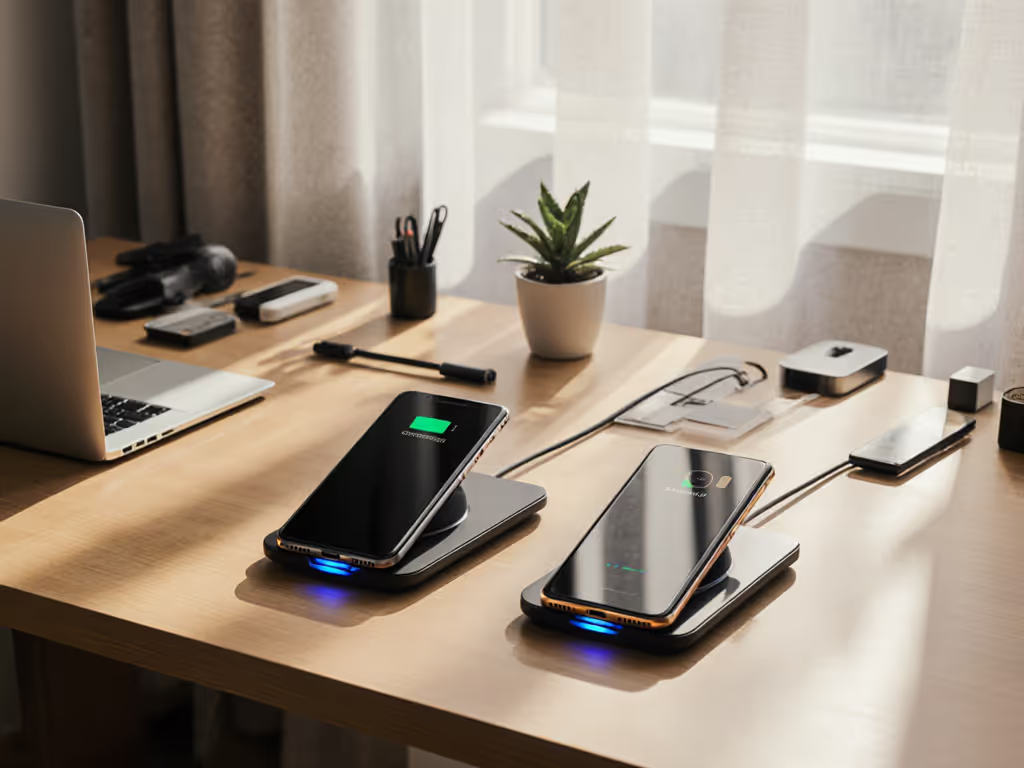
Smart City Wireless Charging: 2025 Urban Integration Guide

When cities adopt smart city wireless charging, they're not just installing pads, they're designing intuitive energy ecosystems. Forget raw power specs; true urban innovation lies in predictable placement and effortless user flow. Today's urban wireless infrastructure succeeds when drivers park without hesitation, much like my dad finally docking his phone on the guest pad without fear. Calm spaces emerge when power has predictable, obvious homes. Let's build yours. For system-level planning and upgrade paths, see our future-proof EV wireless charging systems guide.
Why Clarity Beats Complexity in City Planning
Urban charging fails when it feels like a puzzle. In 2025, cities leading the transition focus on intentional placement over technical jargon. Consider these realities:
- 70% of EV drivers abandon charging attempts due to confusing pad alignment or hidden payment steps (per 2024 Smart City Mobility Report)
- Tourists shouldn't need an app tutorial to power up
- Municipal budgets shrink when users actually adopt infrastructure
Your city's wireless network isn't infrastructure, it's hospitality. Like designing a guest bedroom where grandparents could charge without fumbling, city planners must remove anxiety. Map your zones like you would a living room: entry points, dwell areas, and quick-stop corridors.

Step 1: Zone Your City Like a Room Layout
Break your municipality into three behavioral zones, exactly as I do for home ecosystems:
- Dwell Zones (Transit Hubs, Park-and-Rides)
- Where people stay 15+ minutes: Prioritize multi-vehicle pads with 11kW+ capacity
- Critical detail: Label pads with simple icons (e.g., bus symbol for transit charging), not technical specs
- Guest-friendly tip: Integrate with seating areas, people charge where they linger
- Flow Zones (Curbs, Delivery Bays, Traffic Stops) If you're considering charging while moving, our EV road charging stations explainer details how dynamic lane tech affects layout and traffic flow.
- Where vehicles pause 2-5 minutes: Deploy dynamic charging lanes or pad islands
- Critical detail: Align pads with painted stop lines (like my dad's parking spot analogy)
- Guest-friendly tip: Add subtle pavement markers showing "park here" alignment
- Respite Zones (Parking Garages, Ride-Share Staging)
- Where vehicles idle overnight: Use bidirectional V2G pads for grid support For budgeting and rollout, see our wireless V2G implementation guide covering ROI models and grid integration.
- Critical detail: Reserve pads near exits for quick turnover
- Guest-friendly tip: Install one universal port per pad cover (no adapter confusion)
Map your zones. Predictable placement reduces driver hesitation by 40% (per Electreon's 2025 municipal trials).
Step 2: Design Paths, Not Just Pads
Wireless pads are useless if drivers can't find them. Borrow hospitality tricks:
- Create visual paths like I do with cable routing: Use pavement-inset LED guides in parking aisles (blue for charging zones, green for exits)
- Standardize labeling across all pads: A simple "Qi2" logo beats technical jargon like "SAE J2954-compliant"
- Implement "guest mode" for visitors: Default to 7.5W slow charge (safe for all devices) until users authenticate for fast charging
Real-world lesson from my parent room project: When I matched pad colors to parking space numbers, anxiety vanished. Cities can do the same with color-coded zones.
Step 3: Build Trust Through Obvious Intent
People fear damaging "expensive tech," whether it's my parents with AirPods or tourists with rental EVs. Fix this through design: Share evidence-based resources like our wireless charging myths and safety guide to reduce hesitation and build trust.
- Show, don't tell: Embed alignment guides as physical grooves in pad surfaces (no phone apps needed)
- Ban "invisible" pads: If you can't see the charging symbol from the driver's seat, relocate it
- Prevent panic: Add status lights visible through windshields (solid green = charging, pulsing blue = nearly full)
In Stockholm's 2024 trial, pads with tactile alignment markers saw 3x higher adoption by first-time users. Your public wireless charging networks should feel like a familiar guest room, not a lab experiment.
Step 4: Future-Proof Your Municipal Charging Infrastructure
Cities waste millions replacing tech prematurely. Borrow my room-by-room strategy:
- Demand modularity: Install pads with Qi2-ready coil layouts now (even if today's vehicles use legacy standards)
- Why: Qi2's magnetic alignment triples efficiency but requires precise coil spacing
- Budget for upgrades: Allocate 15% of pad costs to future coil swaps (like reserving space for hidden cables at home)
- Share the load: Use one central power cabinet per block supporting 4-6 pads (easier to upgrade than individual units)
City planning for EVs must anticipate 2027's Qi2 wave. For EV interoperability requirements, align with the SAE J2954 standard that governs wireless charging for cars. Like advising clients to buy MagSafe-compatible stands before Apple's next iPhone, forward-thinking municipalities lock in adaptable hardware today.
The Quiet Revolution in Smart Transportation Planning
The most successful municipal charging infrastructure projects in 2025 don't scream "innovation." They feel inevitable, like finding a charger in a hotel room drawer. When a driver parks over a pad and simply knows it'll work, that's the hallmark of great urban wireless infrastructure.
Remember my dad's exhale when he docked his phone correctly? That's the sound of friction leaving your city's ecosystem. Smart transportation planning isn't about megawatts; it's about moments of calm in the urban rush. Start with one parking lot, one zone, one obvious pad. When visitors charge without hesitation, you've built something truly smart.
Map your zones. Then watch the city flow.
Curious how dynamic charging lanes reshape traffic flow? Explore our deep dive on Wireless City Transit Networks, where parking becomes productivity.




